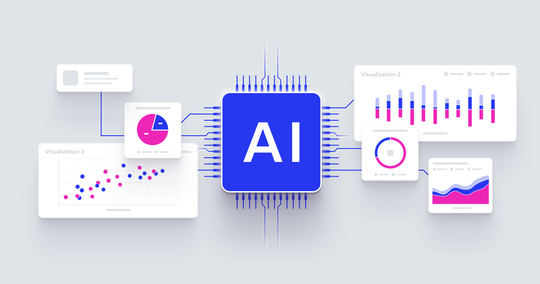Blog Hub
| Author:

Sandra Suszterová
Solution Engineer in Revenue: Sales Engineering & EnablementHaving joined GoodData in 2021, Sandra started as a content creator focused on SEO-driven articles exploring analytics and business intelligence topics, highlighting GoodData’s key capabilities. Sandra has now transitioned to the sales department, putting her wealth of technical expertise to work as a Solution Engineer — helping future customers understand how GoodData fits their needs, both strategically and technically.
Latest from Sandra
Blog
The Semantic Layer: A Practical Guide For Modern Companies
Summary This article explains what a semantic layer is and why it matters in modern data analytics. A semantic layer sits between raw data and the people or applications that use it, translating technical structures into business-friendly terms. By...
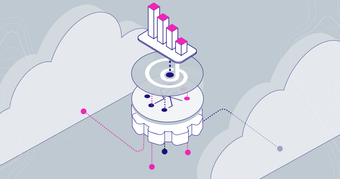
Blog
How to write a competitive article?
In today's competitive landscape, writing an article that stands out is a constant challenge., particularly one that pits yourself against the competition. In the analytics and Business Intelligence (BI) market, many vendors strive to outshine their...

Blog
6 of the best data analytics tools to use today
Summary This article highlights six leading data analytics tools that help organizations improve decision-making, streamline workflows, and increase business value. It explains the key factors to consider when selecting a tool, such as the ability to...
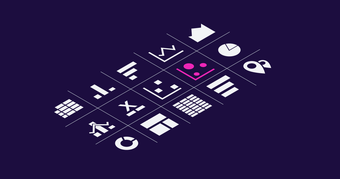
Blog
Why Augmented Analytics is Crucial for Modern Businesses?
Companies are dealing with rapidly growing amounts of data from diverse sources, making it increasingly difficult for decision-makers to extract meaningful insights. Augmented analytics offers a solution, enabling both data professionals and business...

Blog
Data Warehouse, Data Lake, and Analytics Lake: A Detailed Comparison
Summary This article compares three main approaches to managing data: the data warehouse, the data lake, and the analytics lake. A data warehouse stores structured data for reporting and business intelligence. A data lake holds raw and unstructured data...
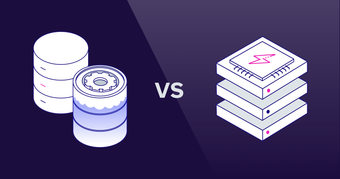
Blog
Multi-Tenant Architecture: What You Need To Know
Summary Multi-tenant architecture, also known as multitenancy, has become an increasingly important concept in today’s application development paradigm, largely due to the boom in cloud computing and software-as-a-service (SaaS) business models. Where...
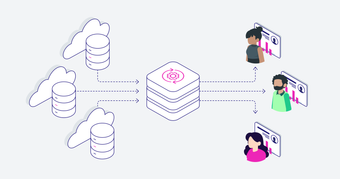
Blog
Data Governance: All you need to know
Summary Data is an essential part of every business, driving operations across all industries. This makes it one of the most valuable assets a company possesses. However, with great value comes great responsibility, and it is crucial to manage this wealth...

Blog
4 Industry Examples of Leveraging Predictive Analytics
Summary This article shows how predictive analytics is being used across industries to anticipate trends, reduce risks, and improve outcomes. It explains key methods such as classification, regression, clustering, and forecasting, then illustrates them...

Blog
Relational and Dimensional Data Models
Summary This article compares two common approaches to structuring data for analytics: relational models and dimensional models. It explains how relational models prioritize data integrity and work well for operational systems, while dimensional models...
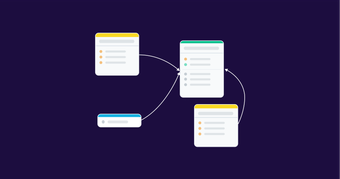
Blog
Data Integration: Definition, Types, and Use-Cases
Summary This article explains what data integration is and why it matters. It shows how data from many sources, such as structured databases or unstructured files, can be combined into one unified dataset. It introduces common methods including ETL, ELT,...
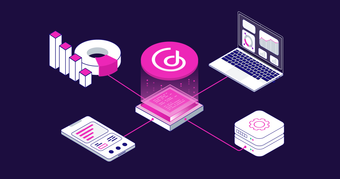
Blog
What Is a Data Model?
Summary This article introduces the concept of a data model and explains its role in organizing and connecting information within a system. It outlines the different types of models, their components, and how they work together to ensure data is...
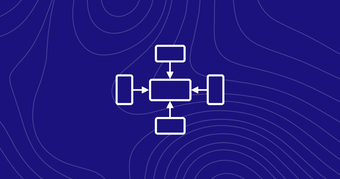
Blog
What Is a Semantic Data Model?
Summary When data is complex, it can be hard to keep everyone on the same page. A semantic data model solves this by organizing information in a way that reflects how the business actually thinks and operates. In this article, you’ll learn exactly how...

Blog
Physical Data Model vs. Logical Data Model
Summary Understanding your data is key, but how you model it can make or break your analytics. Logical and physical data models both describe the same data, yet they serve very different purposes. In this article, we explain the difference between logical...
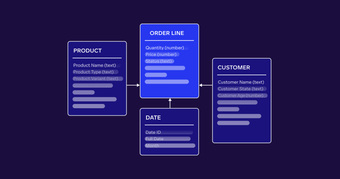
Blog
What Is Multi-tenant Analytics?
Multi-tenant analytics refers to an analytics platform built on a multi-tenant architecture. It differs from other analytics solutions because it delivers dashboards and reporting capabilities to multiple end users (also known as tenants). Multi-tenant...
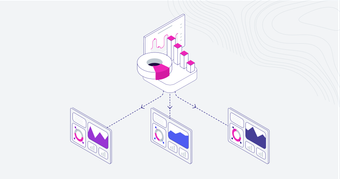
Blog
How To Boost Your Analytics With APIs
API integrations are becoming more and more frequently adopted, so it’s no surprise they are also employed in data analytics and reporting. Companies are constantly trying to find the most efficient way to collect, analyze, and visualize their data to...
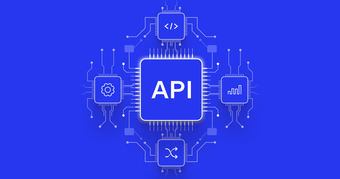
Blog
Last Mile ETL: Enabling Fast, Flexible Data Delivery
GoodData recently launched its newest feature: Last Mile ETL, aka SQL-based datasets. This offers users a streamlined approach to data management, and allows for more efficient and effective data analysis. Last Mile ETL is designed to simplify and speed...
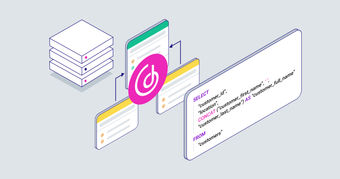
Blog
What Is Multitenancy?
What Is Multitenancy? In today’s changing business environment, companies are looking for more efficient and cost-effective ways to manage their data and resources. One solution to these challenges is multitenancy, a concept that enables multiple...
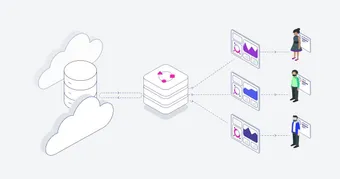
Blog
What is data architecture?
In order for data to be consumed in meaningful dashboards and visualizations, it must travel through various stages of a larger system. What does this entire process look like, start to finish? How is data in its raw form transformed into insights that...
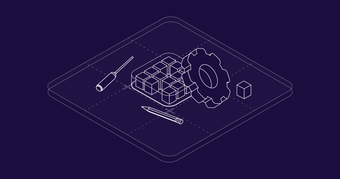
Blog
What Is Cloud Native in Analytics?
Cloud native is today’s cloud computing. It focuses on building and deploying applications, delivered to end users via the cloud model. Additionally, it provides benefits such as scalability, flexibility, and resilience. Being cloud-native reduces the...

Blog
What Is Cloud Native?
Change, progress, and overall improvement all accelerate the pace of development in today's technology. This has enormous implications for companies worldwide. In general, one important rule applies: Staying on top of major technological trends can be...

